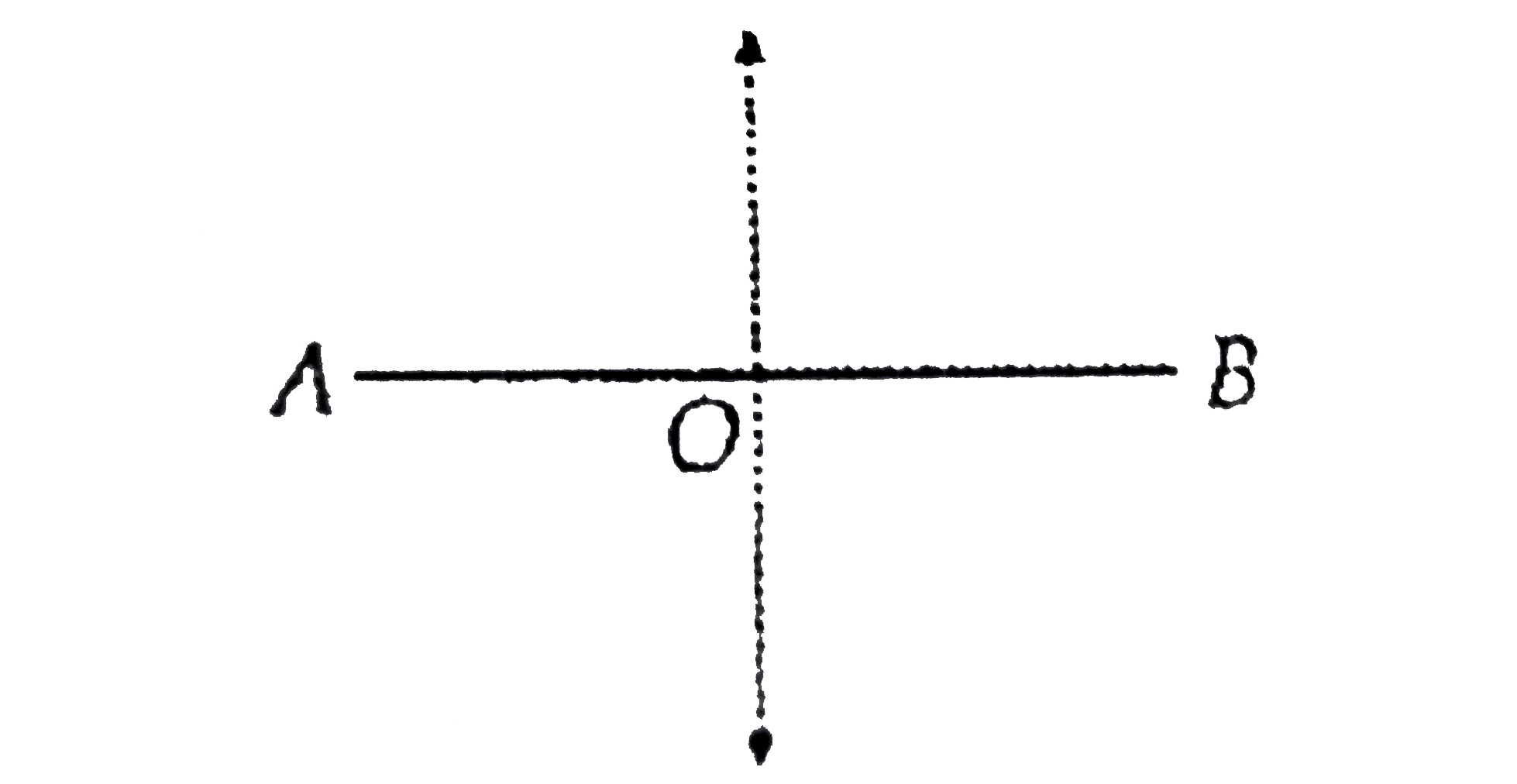The harmonic mean of a1−abanda1+ab is
a1−a2b2
a√1−a2b2
a
b
The correct Answer is:C
To find the harmonic mean of the two values a1−ab and a1+ab, we will use the formula for the harmonic mean of two numbers x and y:
H=2xyx+y
In our case, we have:
x=a1−ab,y=a1+ab
Step 1: Calculate x+y
First, we need to find x+y:
x+y=a1−ab+a1+ab
To add these fractions, we need a common denominator. The common denominator is (1−ab)(1+ab).
Step 2: Find the common denominator and combine
Now, we rewrite the fractions with the common denominator:
x+y=a(1+ab)(1−ab)(1+ab)+a(1−ab)(1−ab)(1+ab)
Combining the numerators:
x+y=a(1+ab)+a(1−ab)(1−ab)(1+ab)
Step 3: Simplify the numerator
Now, simplify the numerator:
x+y=a(1+ab+1−ab)(1−ab)(1+ab)=a(2)(1−ab)(1+ab)=2a(1−ab)(1+ab)
Step 4: Calculate xy
Next, we calculate xy:
xy=(a1−ab)(a1+ab)=a2(1−ab)(1+ab)
Step 5: Substitute into the harmonic mean formula
Now we substitute x+y and xy into the harmonic mean formula:
H=2xyx+y=2⋅a2(1−ab)(1+ab)2a(1−ab)(1+ab)
Step 6: Simplify the expression
This simplifies to:
H=2a2(1−ab)(1+ab)⋅(1−ab)(1+ab)2a=a1
Thus, the harmonic mean is:
H=a
Final Answer
The harmonic mean of a1−ab and a1+ab is a.
---
Topper's Solved these Questions
- PROGRESSIONS BOOK - ML KHANNACHAPTER - PROGRESSIONS EXERCISE - MISCELLANEOUS EXERCISE (MATCHING ENTRIES)
4 Videos
- PROGRESSIONS BOOK - ML KHANNACHAPTER - PROGRESSIONS EXERCISE - MISCELLANEOUS EXERCISE (ASSERTION/REASON)
1 Videos
- PROGRESSIONS BOOK - ML KHANNACHAPTER - PROGRESSIONS EXERCISE - PROBLEM SET - 5 (FILL IN THE BLANKS)
2 Videos
- PROBABILITYBOOK - ML KHANNACHAPTER - PROBABILITYEXERCISE - MISCELLANEOUS EXERCISE
6 Videos
- PROPERTIES OF TRIANGLES BOOK - ML KHANNACHAPTER - PROPERTIES OF TRIANGLES EXERCISE - Self Assessment Test (Multiple Choise Questions)
34 Videos
Similar Questions
Knowledge Check
If bc+ab+ca=ab,c then the above of b+cbc(a−1)+a+cac(b−1)+a+bab(c−1) is
A−32B1C0D−12A particle executes simple harmonic motion of period T and amplitude l along a rod AB of length 2l. The rod AB itself executes simple harmonic sotion of the same period and amplitude in a direction perpendicular to its length. Initially, both the particle and the rod are in their mean positions. The path traced out the particle will be
 Aa cricle of radius lBa straight line inclined at π4 to the rodCan ellipseDa figure of eight
Aa cricle of radius lBa straight line inclined at π4 to the rodCan ellipseDa figure of eightab−a−b+1=?
A(a−1)(b−1)B(1−a)(1−b)C(a−1)(1−b)D(1−a)(b−1)
Statement-l: a and b are two numbers and A ,G,H represents Arthmetic, Geometric and Harmonic means between a and b. If A−G=32andG−H=65then the numbers are 24 and 6. Statement-II: The Arithmetic, Geometric and Harmonic means between a and b is a+b2,√aband2aba+b
View SolutionFind the Harmonic Mean(HM ) between 1 and 12
View SolutionIf ab+bc+ca=0, then the value of 1a2−bc+1b2−ca+1c2−ab will be :
View SolutionIf ab+bc+ca=0, then the value of 1a2−bc+1b2−ca+1c2−ab will be :
View SolutionFind the 5th harmonic mean when n harmonic means are inserted between 1 and 2.
View Solution
